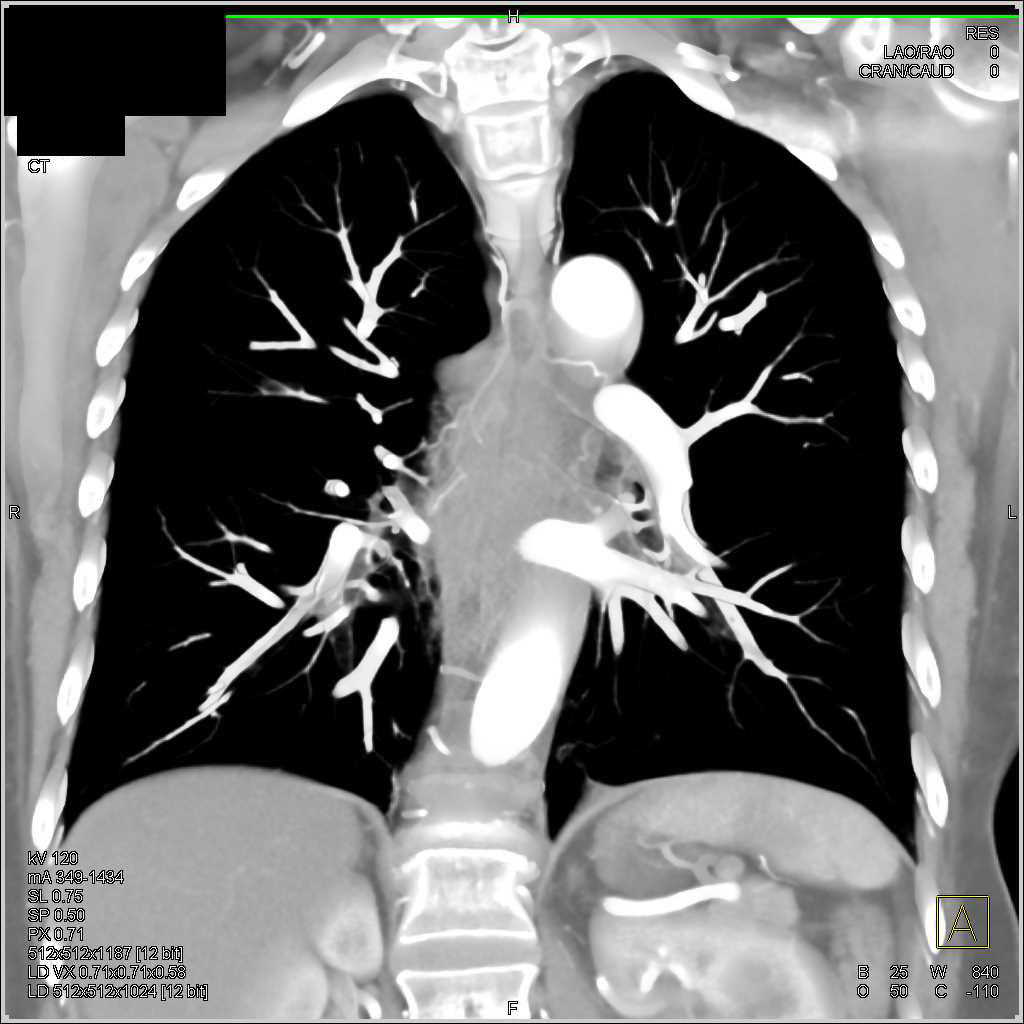

ARDS is a situation where an alveolar capillary injury occurs as a result of variety of causes (e.g., sepsis). Noncardiogenic Pulmonary edema has the same radiographic features as the cardiogenic pulmonary edema, but the causes are different: ARDS, chemical pneumonitis, drug-induced pulmonary edema, and transfusion-reaction are the most common causes for noncardiogenic pulmonary edema. This process is rapid, and only very early edema can be seen as a pure interstitial linear pattern in chest radiographs. As the hydrostatic pressure within the veins rises, they leak into the interstitium first, and then progress to fill the alveoli. It starts as an interstitial edema before it turns into alveolar edema, because the pulmonary veins lie in the interstitium. Most cases of noncardiogenic pulmonary edema are due to acute respiratory distress syndrome (ARDS).Ĭardiogenic pulmonary edema is commonly seen with heart failure. Pulmonary edema can be either due to cardiac disease (cardiogenic), or other conditions (noncardio-genic). Pulmonary edema arises due to alveolar filling with serous fluid (water).

You can think of the alveoli as an empty cup, and any pathological condition that fills this cup will form a pathological condition according to the cup content. The alveoli are the main units for respiratory-blood ventilation and oxygenation and normally are full of air on inspiration.


 0 kommentar(er)
0 kommentar(er)
